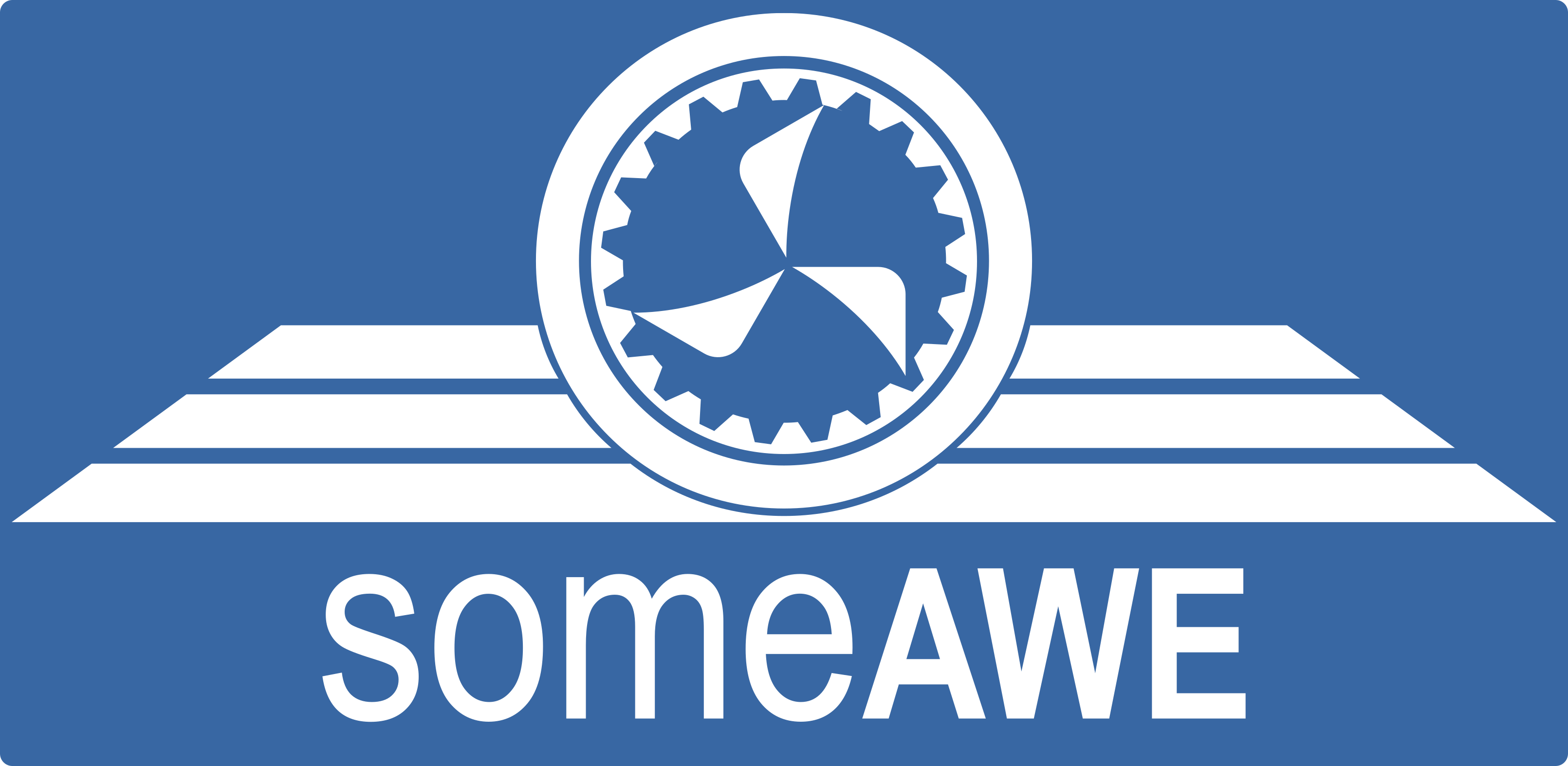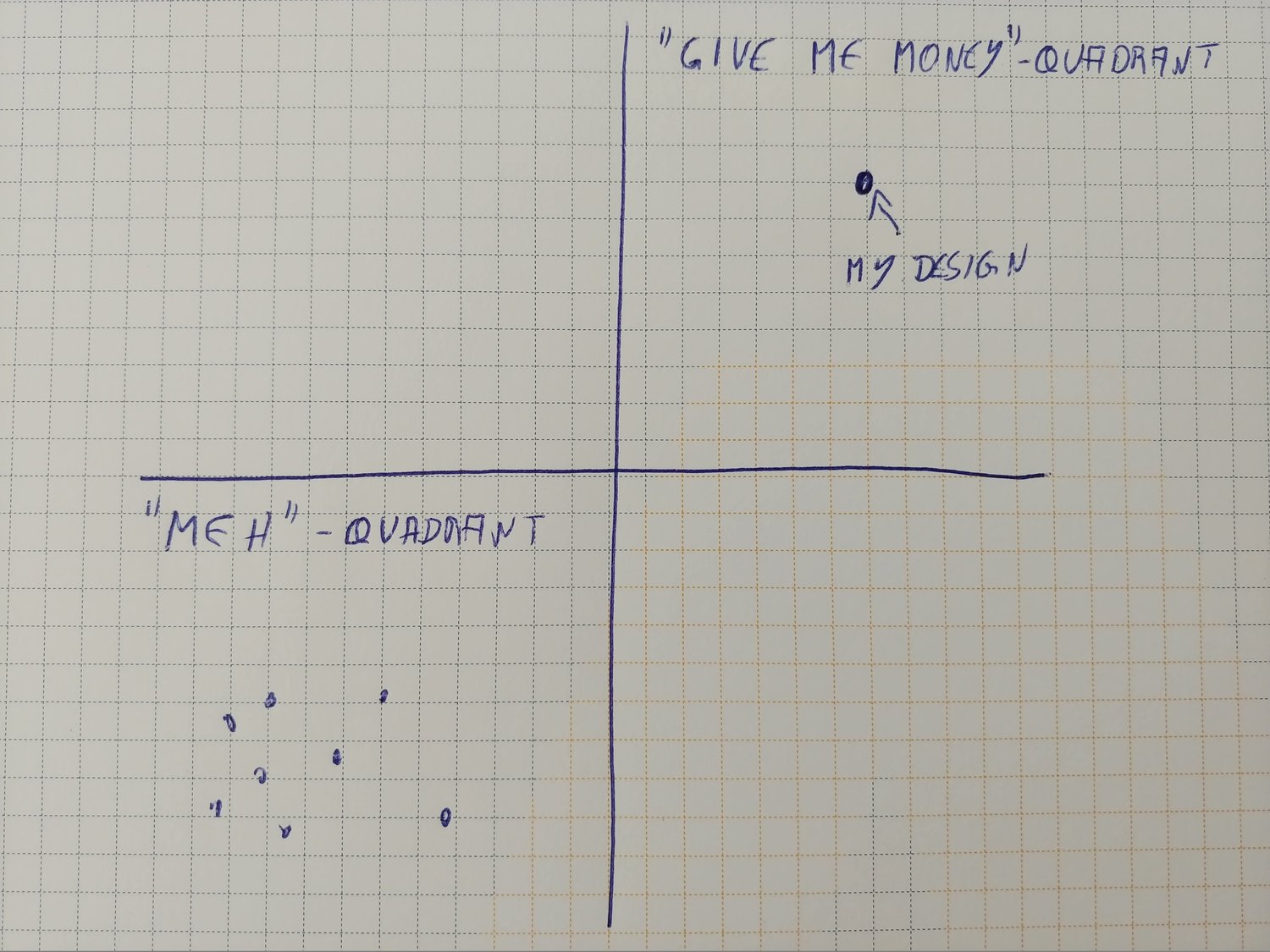In theory there are thousands of ways to build an Airborne Wind Energy System. Makers, researchers and investors will want to down select and try to find the most promising approach to invest their time and money in. These criteria might help to do that. They have first been published July 2016. Since the old site went down and people asked for the list I decided to re-post it. Here you go:
Efficiency
There is no lossless energy conversion or transmission. Even with the primary energy for an AWE system (kinetic energy in the wind) being free these losses still matter as a less efficient design will require a larger system to generate the same amount of electric energy – which leads to higher investment cost and land consumption. The better AWE system is the one with:
- As few energy conversions as possible (losses multiply)
- The highest efficiency for each of the conversions and transmissions
Reliability
An AWE system must operate with as few and as short shut downs caused by failures as possible. Lack of Reliability does not only impact availability and will reduce the capacity factor but will also require human intervention and might be a safety issue. The better AWE system is the one with:
- The longest time between failure (MTBF)
- The shortest time to repair (MTTR)
- Operates reliably under the biggest amount of operating conditions
Availability
In addition to its Capacity factor AWE systems have the potential to make power available at times and location where other sources can not or produce at a high Cost/kWh. The better AWE system is the one that has the
- best transportability/mobility
- best deployability
- highest capacity factor
Complexity
A more complex system is more likely to fail by reaching a system state that it has not been designed for. While complexity is a subjective property there are many different models that try to make complexity comparable. The better AWE system is the one that has:
- fewer components with fewer interconnections
- favors passive over active components
Automatability
Human labor is expensive in relation to current energy prices. Every system state that requires human supervision or intervention will increase the Cost/kWh. For mainstream and/or off shore application an AWE system must be fully automated. The better AWE system is the one that
- Has the higher degree of automation
- Requires fewer human supervision
- Requires fewer human intervention
Scalability
Square-cube law is a trap. As a body grows in size, its volume grows faster (cube) than its surface area (square). The mass of a body scales with its volume. The lift however scales with its surface area. Hence any AWE system that requires to scale up a (solid) body will reach a scaling limit. The better AWE system is the one that:
- Does not have an airborne solid body that has to be scaled linearly with its power output
- Has the higher scaling limit.
Airborne Mass
More mass aloft requires more lift and raises the risk for damage in case of system failure. Lift is not free and will reduce efficiency. The better AWE system is the one that requires less airborne mass.
Durability
System components like tethers and fabrics will have to be replaced frequently – reducing the capacity factor while increasing maintenance and material cost. The better AWE system is the one that
- Limits wear especially on tether and fabric components
- Has the longest times between component replacements
- Has the lowest cost for components that need to be replaced frequently.
Ductility
Turbulence matters. Over speed protection is hard. Staying airborne when its calm can be hard too. The AWE system must be able to accommodate the widest possible range of these conditions. The best AWE system is the one that
- Has a reliable overspeed protection
- Can operate safely over the widest range of operating conditions
- Can handle turbulence and other sudden changes in operating conditions best
Safety
An AWE system that cannot be operated safely will not be operated at all. With a lack of safety standards for AWE systems it is up the manufacturer to proof safety of its system. The better AWE system is the one that
- Can be operated safely
- Can PROVE that it is save
Potential
Factors like scaling limits, low operating altitudes, large land or airspace consumption, limited security, dependency on wind direction lower the maximum power potential of a design while transportability/mobility increase the potential in high energy cost markets. The better AWE system is the one with the biggest potential.
Cost
Cost/kWh is the ultimate success criteria. This is increased by manufacturing cost, development cost, material cost, maintenance and operating cost. A sufficiently good AWE system is the one that can produce electric energy at a significantly lower Cent/kWh than other sources in the same market. This price can vary significantly for off grid and remote production.
Investability
Developing a market ready AWE system requires a lot of time and capital. There is a high risk of losing 100% of the investment. Any AWE endeavor will have to acquire investors and keep them happy over a long time span. An AWE system is “Investable” if:
- The investor can reasonably expect a very significant return on invest.
- There is a way to keep ahead of the competition once the system is developed. E.g. by
- Patent protection (Many AWE patents are either expired or very weak given prior art)
- IP protection – e.g. in the form of software/controller algorithms that are either not disclosed or covered by IP laws.
Be open but faster (shortest time to market) and better than the competition. The AWE sector will need multiple players to make sure that regulators, investors, insurances etc. accept it. Developing a market will be equally important as developing a product.
Did I miss any criteria? Next steps:
Make these criteria measurable and calculate/measure them for actual AWE Systems.

